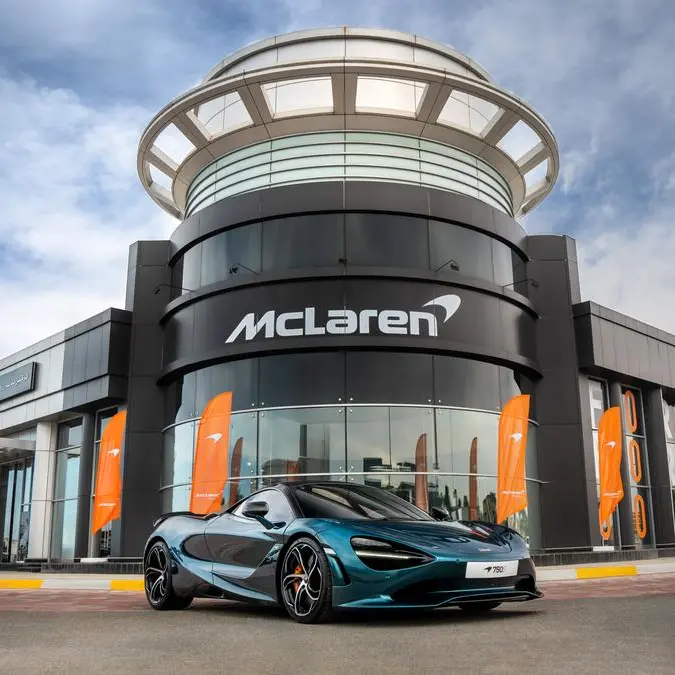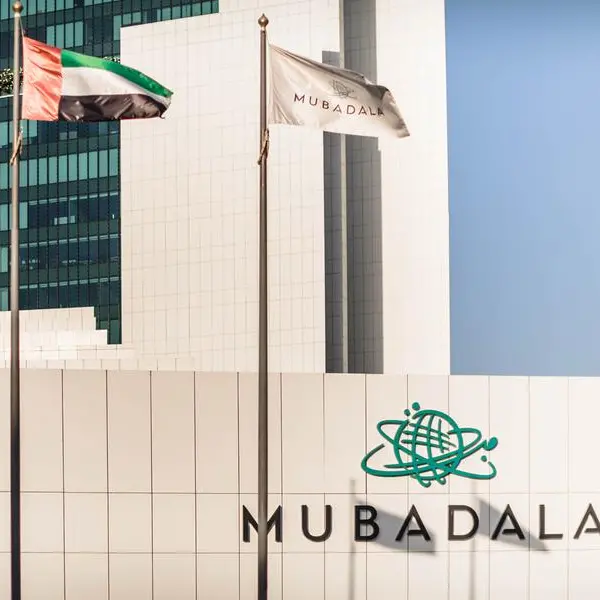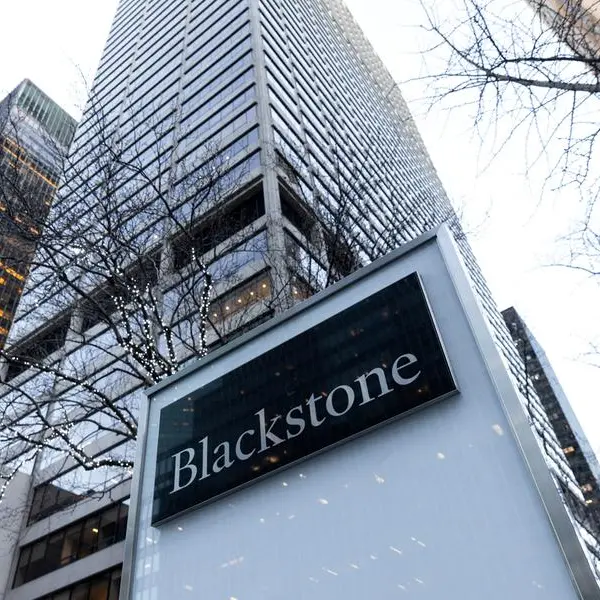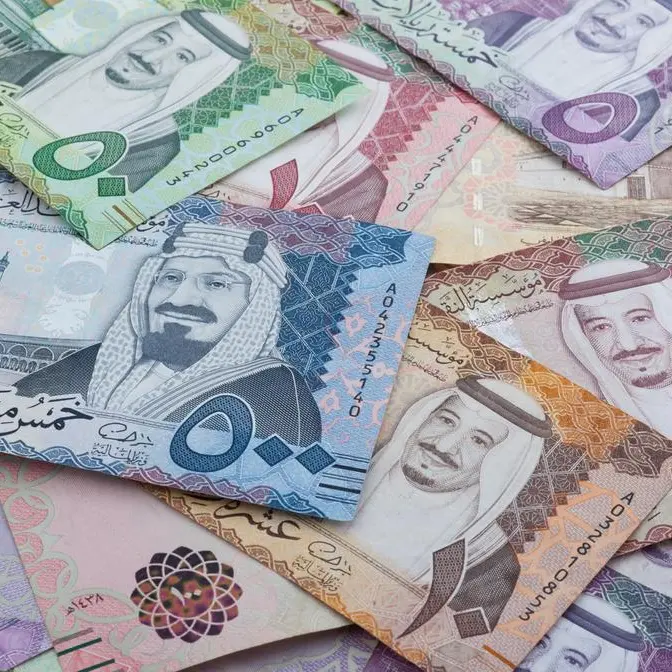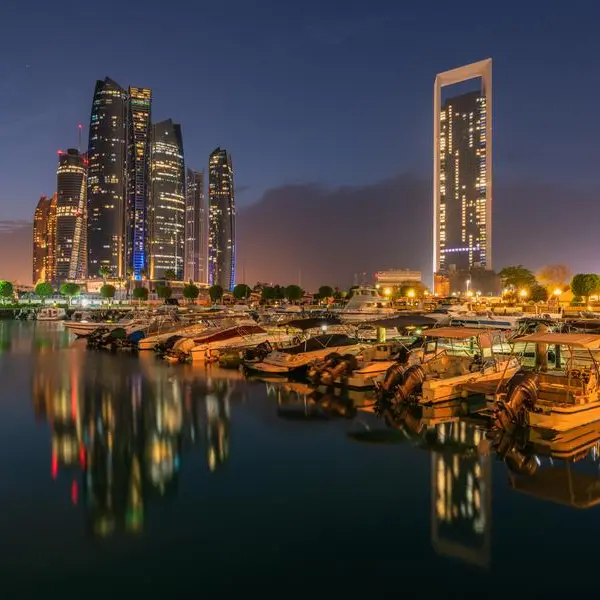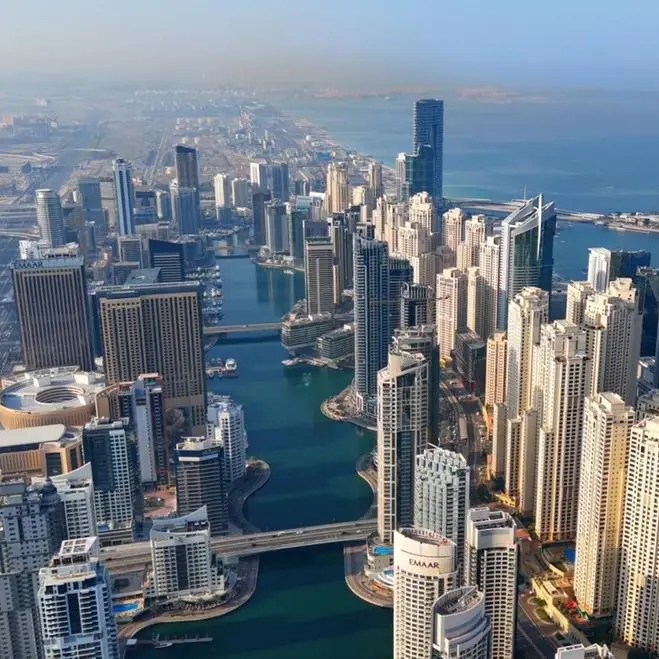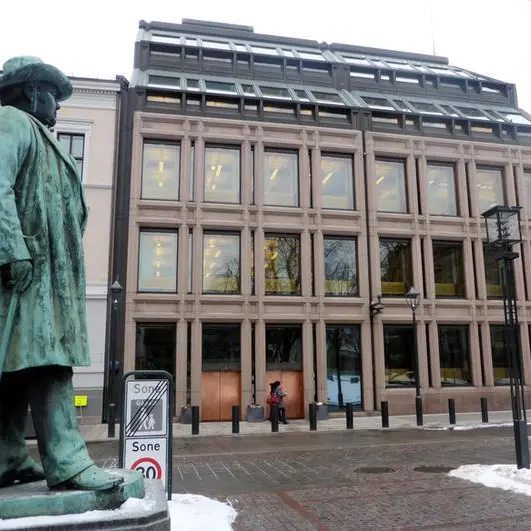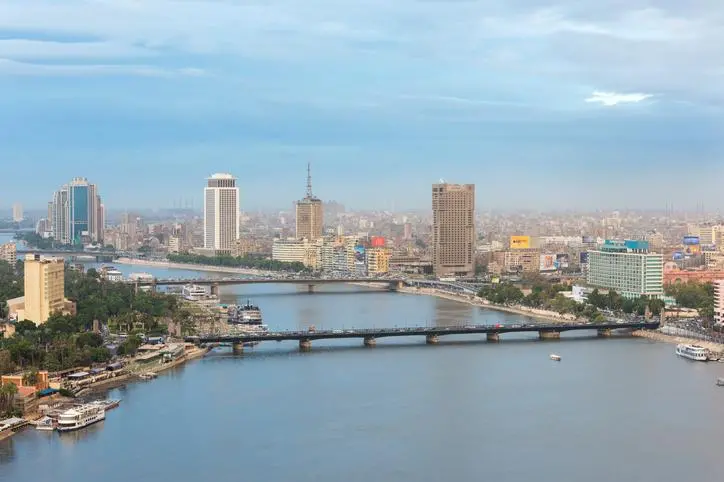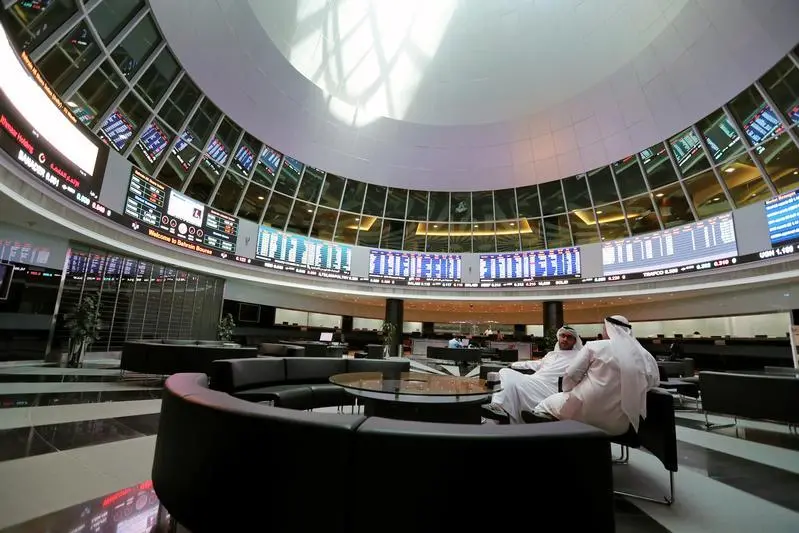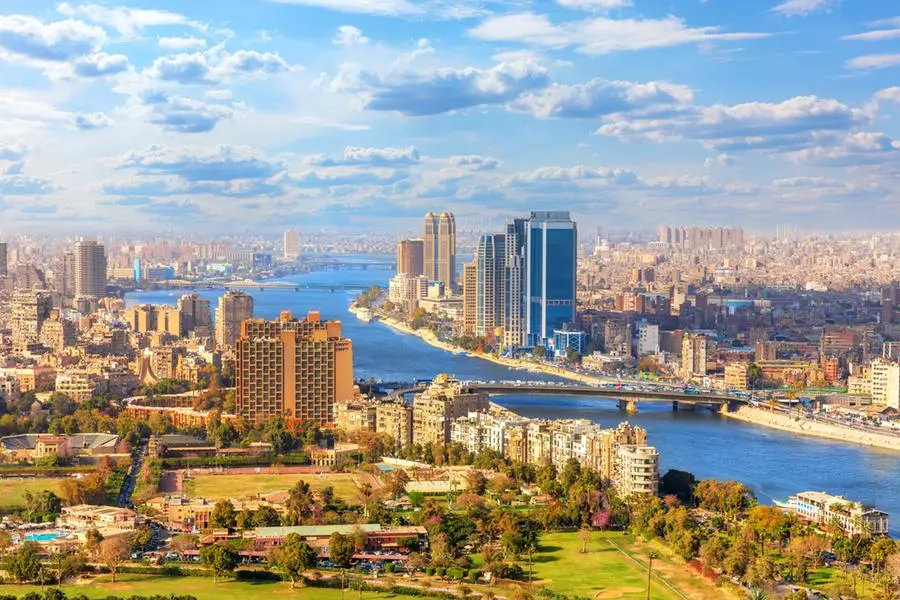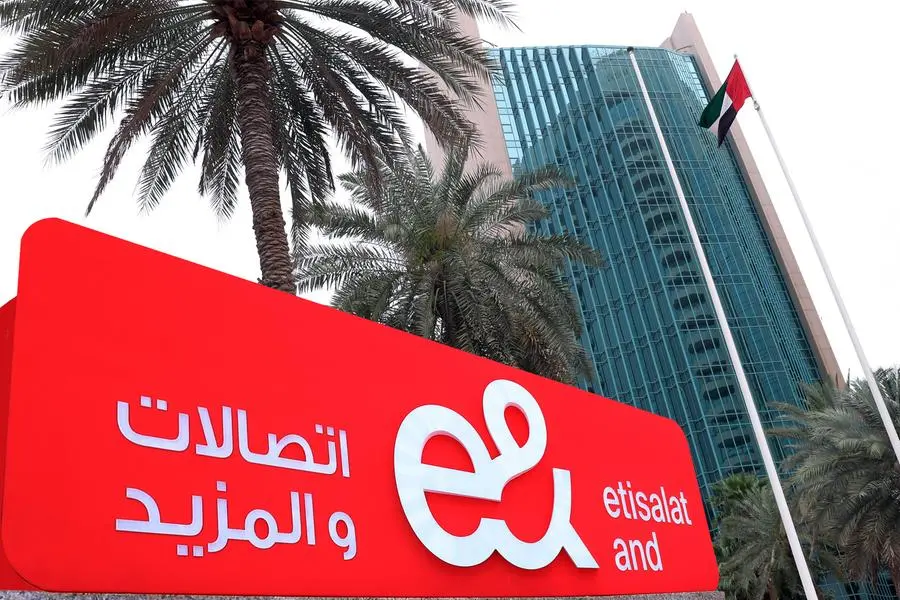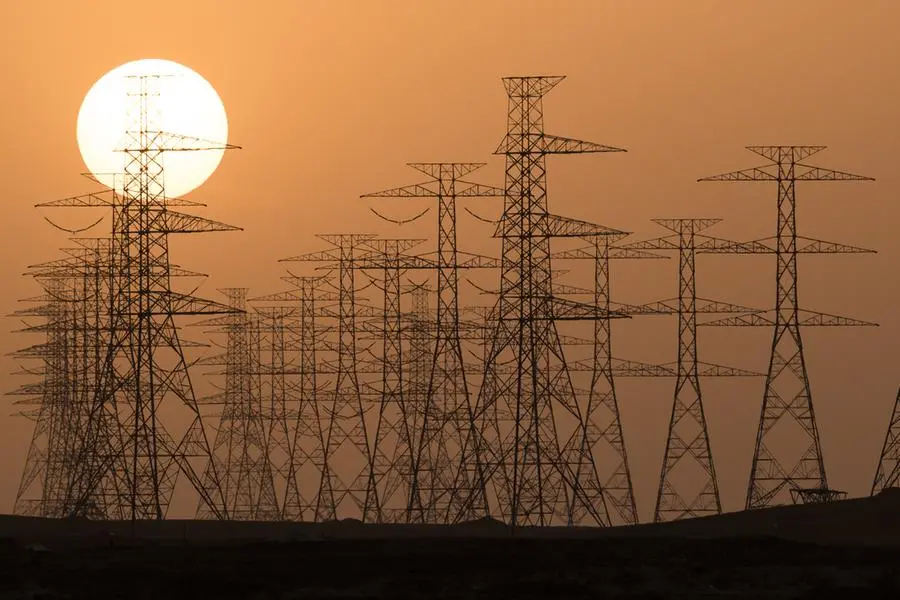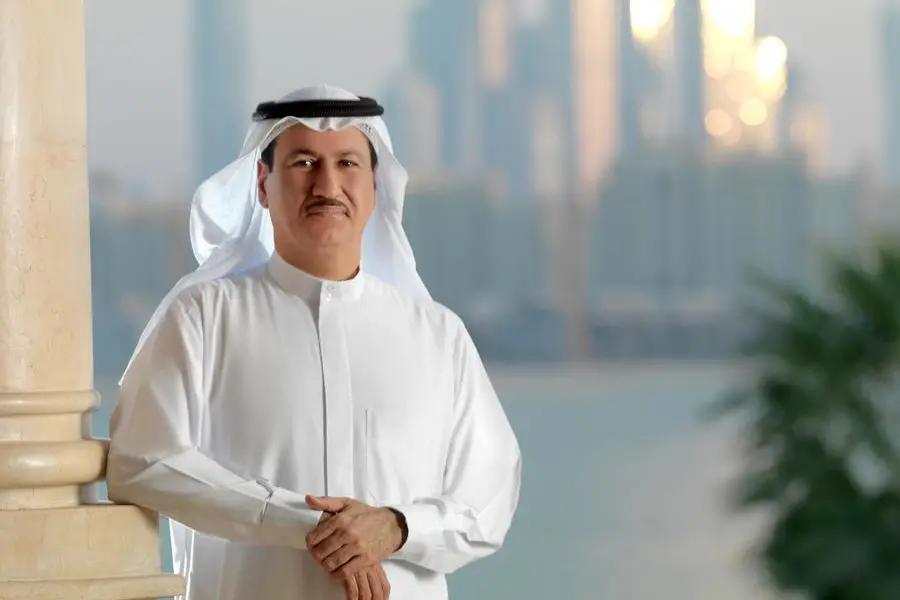PHOTO
One hundred US dollar bills bundles. Getty Images Image used for illustrative purpose.
Led by the Gulf region, sovereign wealth funds (SWFs) deployed $152.5 billion (Dh560 billion) worldwide in 2022, an increase of 38 per cent from the previous year.
Gulf sovereign wealth funds (SWFs) will likely continue to be very active in 2023 in Europe and North America to invest in private equity firms and to fund distressed portfolios, says a new report.
According to Global Sovereign Wealth Fund’s latest report, the Middle Eastern SWFs manage $4.8 trillion in financial capital and 12,000 employees.
Led by the Gulf region, sovereign wealth funds (SWFs) deployed $152.5 billion (Dh560 billion) worldwide in 2022, an increase of 38 per cent from the previous year.
Though 2022 was a challenging year for investors due to geopolitics, high inflation and a jump in interest rates, sovereign investors were able to deploy more capital than ever, according to Global Sovereign Wealth Fund’s latest report.
However, the number of deals dropped 16 per cent year-on-year basis to 427 in 2022.
The average ticket by SWFs increased to $357 million in 2022 with 41 mega deals of over $1 billion each in value.
Five out of the 10 most active investors hailed from the Gulf region including Abu Dhabi Investment Authority (Adia), Saudi Arabia’s Public Investment Fund (PIF), UAE’s Mubadala and ADQ and Qatar Investment Authority (QIA).
The fund said that Abu Dhabi Investment Authority (Adia) and Singapore’s GIC jointly invested in several projects including Zenedesk, Taibang Biologic, Triveni Turbine and Climate Technology.
Abu Dhabi-based Adia was the second largest SWFs investor in 2022 with $25.9 billion (Dh95 billion) after GIC’s $40.3 billion. Adia had deployed $10.8 billion in 2021, a massive increase of 140 per cent over the previous year.
Mubadala, another UAE-based sovereign wealth fund, deployed $11.3 billion last year, emerging sixth in the ranking. While eighth-ranked ADQ deployed $8.7 billion in 2022.
“Abu Dhabi investors are covering all bases with Adia most active in North America, Mubadala focused on European assets and ADQ investing across emerging markets,” Switzerland-based SWF said.
“The position and momentum of Middle Eastern SWFs, especially in the Gulf, is much better due to an average oil price of $99 per barrel and to the peg of their currencies to the dollar. For those GCC economies with lower fiscal expenditure, this translates into large surpluses, which were transferred to some of the SWFs at year-end. Therefore, the large savings funds that are more liquid and internationally focused, including Adia, Kuwait’s KIA and Qatar’s QIA, are set to receive significant inflows of capital,” the report said.
Copyright © 2022 Khaleej Times. All Rights Reserved. Provided by SyndiGate Media Inc. (Syndigate.info).

